The Siege of Mandalore is upon us at last!
Canon’s first reference to it was back in 2005, though Mandalore may not have been the intent at the time. In Revenge of the Sith, Anakin refers to “the Outer Rim sieges” from which he and Obi-Wan had been recalled to rescue Palpatine. Ahsoka and Rex would later tie this reference to Mandalore in Star Wars Rebels. Rex mentions the siege by name, and Ahsoka speaks of the last time she saw Anakin before he rushed off to rescue the Chancellor. Maul is added to the mix with the familiarity of his “Lady Tano” nickname, a connection made explicit in E.K. Johnston’s novel Ahsoka.
In 2016, Dave Filoni and Pablo Hidalgo gave us an unprecedented level of detail in the “Ahsoka’s Untold Tales” panel at Star Wars Celebration, revealing that the Siege of Mandalore had been planned to be the true finale of The Clone Wars. We have had long years of references and teases, with the major beats of the story established in a piecemeal way that we usually don’t get from Star Wars.
As such, I admit that I thought I had a pretty good idea of what the Siege of Mandalore would have in store for us. I was eager to see it, but I’d given up on the idea of being surprised by it. Then Celebration Chicago happened, and in one panel, I was forced to reconsider everything I thought I knew about the resurrected Season Seven:
“When I got the script for this stuff and finally could read what the Siege of Mandalore was all about, I was shocked. And I mean shocked. I don’t mean, ‘You guys are gonna really like it.’ No, I mean like I was shocked. I’m glad I’m sitting down. Are you sitting down?” – Sam Witwer [1]Star Wars: The Clone Wars Sneak Peek Panel 2019.
#CloneWarsSaved
When Lucasfilm dropped the announcement for a final season of The Clone Wars in 2018, it was a landmark moment for both the fans and the show. This return brings The Clone Wars into such a unique a position that I genuinely can’t think of a precedent for this.
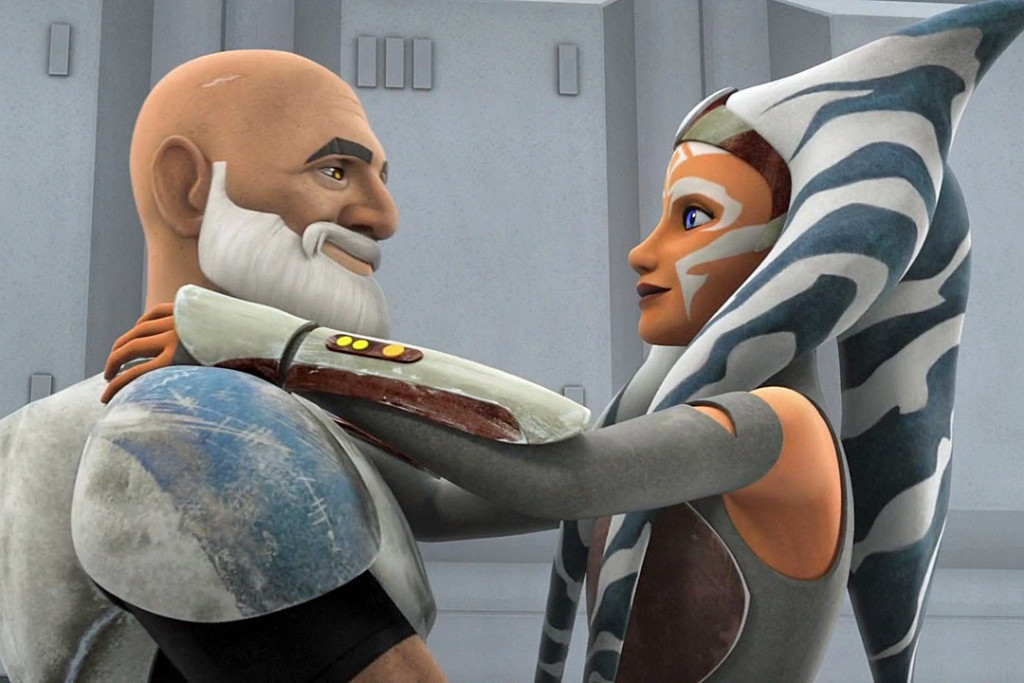
The Clone Wars isn’t just a show that was prematurely cancelled and then returned to receive its finale à la Firefly. The Clone Wars was prematurely cancelled, got a sequel series in Rebels, and only now is coming back to receive its overdue finale. As such, the whole of Season Seven has the opportunity to act as both a conclusion for The Clone Wars and a launch point for Rebels. However, it will still have to maintain the standalone nature of each show. A dance between self-contained stories and serialization.
A Brief and Very Incomplete History of Serialized Narratives in Audiovisual Storytelling
Another grand finale is upon us as I write this piece. Avengers: Endgame has arrived, the culmination of over ten years and twenty-two movies. Combined with its once-reign on Netflix, the Marvel Cinematic Universe might be the most prominent serialized narrative in the public consciousness today. This has brought upon the MCU both praise and critique. Either way, its constant exploration of serialized storytelling is something that goes back to the birth of film and audiovisual storytelling.
In the early years of film and the theater experience, feature-length films were actively discouraged because they took up more than one reel of film, forcing a pause in the story as the reels were switched on the projector. To fit the public and industry demands of the day, these films couldn’t be released and watched in one go. Rather, they were released, one reel at a time, weekly. This shaped how filmmakers would tell these feature length stories.
[E]ven five-reel “epics” like the 1910 Life of Moses remained for the most part tableau films, since they had to be intelligible to audiences who might see the reels serially in a first-run theater a week apart, but also adaptable to second-run theaters that might choose to run the reels together as a Sunday event, or break them up for scenes and short reels. These early narrative features… were for the most part serial scenes, “variations on a repetitive theme,” such that “the film may be lengthened or shortened, without altering the narrative conception.” [2]Gardner, Jared. 2011. Projections : Comics and the History of Twenty-First-Century Storytelling. Palo Alto: Stanford University Press. p31-32
The movies were designed to be episodic even within their own runtimes. Later, as producers began pressuring theater owners to accept feature films as one coherent story experience, the producers began timing the reel switches to happen at points of high intensity. This was designed to keep the audience in the theater during this forced intermission.

Whether episodic in nature or utilizing cliffhangers, early feature films functioned – within their own runtimes – in a manner not dissimilar to the TV series of today. It then isn’t too far a leap to vary our perspective on the story experience of a single TV show. We can claim a singular narrative from individual episodes…
[S]omehow [Breaking Bad’s] most under-represented quality was how Vince Gilligan and his team could plot near-perfect episodic TV within a larger arc. It’s why they could so often get an entire episode of tension out of a simple action, like getting rid of a body, or having to erase a hard drive. What would be a quick couple of scenes in other shows became entire adventures for Walter and Jesse. Put simply: they knew how to make the small feel epic. [3]Film Crit Hulk. 2016. “LUKE CAGE, Netflix And The Death Of Episodic TV.” Birth. Movies. Death.
… individual seasons…
“We started looking at the seasons as a whole, as opposed to a sort of episode-by-episode analysis. But at the end of the day, the legacy of the show is gonna be there’s six season up on a shelf and you can watch ‘em one after the other. So the bad episodes are gonna come out in the wash, and the good episodes are also gonna come out in the wash. All that’s gonna matter is, you know, what are the peaks and valleys of the storytelling as a whole?” – Damon Lindelof, Lost Co-Creator/Co-Showrunner [4]Showrunners: The Art of Running A TV Show. 2014. Dir. Des Doyle
…or a whole show. No matter where we draw the line, there could be a coherent story to examine. We might even be able to draw the line to encompass two whole shows. Say, for example, The Clone Wars and Rebels.
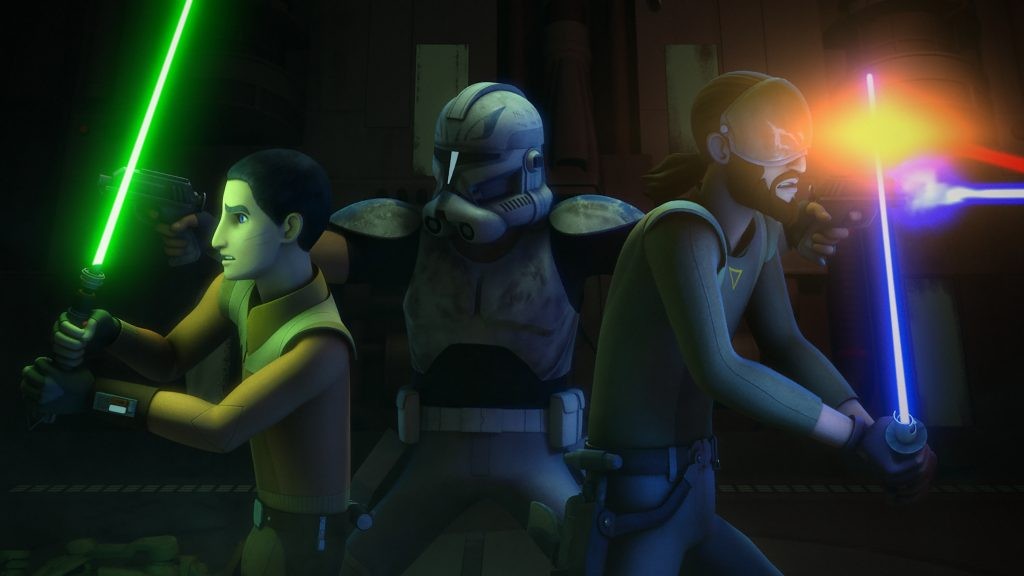
While Lucasfilm Animation worked hard (and successfully) to have Rebels stand on its own, we cannot deny the ways in which it and The Clone Wars are interconnected. It’s rather reminiscent of the MCU. In the same manner that Tony Stark turned from a lead in his own movies to a supporting character in the movies of others, so too do we get critical continuations and even conclusions of leading Clone Wars characters as they fill supporting roles in Rebels. Furthermore, the events of The Clone Wars inform the journeys of all our new leads.
This allows us the opportunity to anticipate that Season Seven of The Clone Wars will serve three coherent stories. Its own arc, The Clone Wars as a whole, and the duology of The Clone Wars and Rebels.
‘Tis the Season
It was the Bad Batch that first prompted me to pull back and reassess my assumptions of Season Seven.
When Lucasfilm dropped the first teaser for #CloneWarsSaved, there were exactly two guarantees: twelve episodes and the Siege of Mandalore. Assuming the Siege would fall into the usual four-episode arc, that left eight episodes unaccounted for, enough for another two arcs, and I certainly had assumptions about those.
One assumption – that of the starry-eyed hope – was that the entire season would be Ahsoka’s Untold Tales, from her “Ahsoka Alone”-esque adventure with Nyx Okami to her discovery of a Sith Temple under Coruscant. Season Seven would be the perfect vehicle for brand-new arcs, like the “Lost Missions” of Season Six.
My other assumption was a bit more cynical. Well, as cynical as one can be when you get a surprise final season to one of your favorite shows. For the second time, no less (thank you for your service, Netflix). I was actually fairly certain that the Siege of Mandalore would be the only “new” arc we saw, with the Utapau and Bad Batch story reels being finally brought to the end of the production pipeline. This, I assumed, would certainly save Lucasfilm time and money.
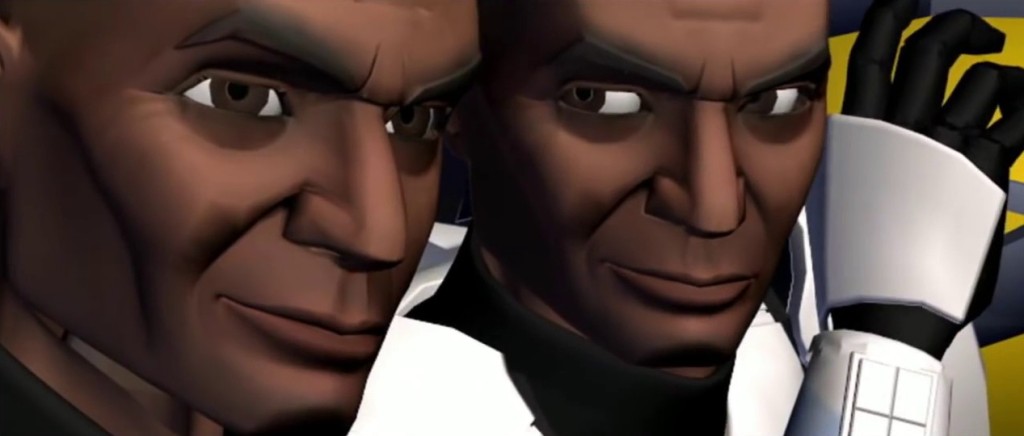
Either option would fit the anthology structure of previous seasons of The Clone Wars. While arcs do connect and build on each other, each season is structured more like early feature films, the viewing experience able to “be lengthened or shortened, without altering the narrative conception.” This trend leaned very heavily into my assumption that Season Seven would be like the Lost Missions. A series of unfinished tales put out together without a narrative through-arc.
Then Celebration 2019 revealed that while we are getting Bad Batch, we’re also getting Ahsoka Alone. Narratively, Ahsoka Alone is the obvious choice from her Untold Tales. It catches up on her life after she has left the Jedi Order. In contrast, Utapau and Bad Batch are more standalone arcs, not really following up on any dangling threads, and Utapau addressed the absence of Ahsoka in Anakin’s life. There’s not an obvious reason for choosing Bad Batch as the entry in Season Seven.
Unless the plan is to treat Season Seven as a single, coherent story.
We know of the major players in the Siege of Mandalore. We know of Maul and Bo-Katan. We know of Rex and Ahsoka. And we know that we are on the cusp of Order 66. Ahsoka Alone gets us caught up with our beloved Lady Tano, and that means Bad Batch is for Rex.
This arc is all about him going to great lengths to save one of his men. It’s about how much he’s willing to risk and how far he’s willing to go for just one of his brothers. This is the arc we’re getting for Rex, to lead into the moment where he has to protect Ahsoka from Order 66.
Additionally, I think we’ve got narrative and thematic cohesion waiting for us. Based on footage we’ve seen, it appears possible that Ahsoka Alone will do the narrative work of connecting the rest of The Clone Wars to the Siege of Mandalore, setting the stage and giving the audience an update on the galaxy.
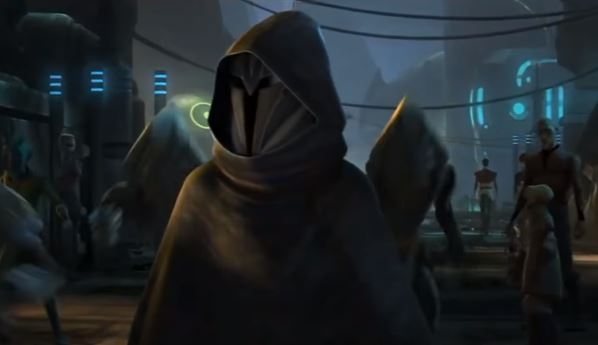
Bad Batch could provide the thematic bridge. This arc, as it is in story reel form, echoes a lot of what we see in “The Lawless”. A normally-by-the-book character takes off against the Jedi Council’s orders on a rescue mission, and a neutral planet gets dragged into the war as a result of the interference. Obi-Wan even makes the comparison explicit:
“Your intentions are honorable, Rex, but defying the Council’s orders for a personal crusade, on a neutral planet no less…that is not advisable.” – Obi-Wan [5]“A Distant Echo”, The Clone Wars story reels
Essentially, Bad Batch can do double duty by bringing us up to speed on Rex and reminding us of the emotional toll of the previous Mandalore arc.
By the selection of Bad Batch and Ahsoka Alone to lead up to the Siege of Mandalore, I think we’re going to see the most narratively-cohesive season of The Clone Wars yet.
Clones Wars Concluded
However, if the rest of The Clone Wars functioned more as an anthology than a single, flowing narrative, how could Season Seven function as a more satisfying conclusion than Season Five or The Lost Missions? To explore that, let’s look back at the 1910 film The Life of Moses with its multiple reels functioning as “variations on a repetitive theme”.
We can look at the Clone Wars anthology as being unified by variations on its own reoccurring themes. Some that have been explored multiple times over are the personhood of clones, the collapse of neutral systems, how the Jedi have lost their way, and how the line between friend and foe, good and evil, is becoming more and more grey.
We know that all of these themes are going to be touched upon at one point or another in Season Seven. Order 66 is of course coming up, the fall of Mandalore’s and thousands of other systems’ neutrality, and in the newest trailer, a civilian character drops some perspective on the Jedi’s role:
“You’re probably better off down here, with the Jedi running around, starting wars. …You’ll never see any Jedi around here. It’s not safe down here. Things could’ve gotten messy for you.” – Rafa
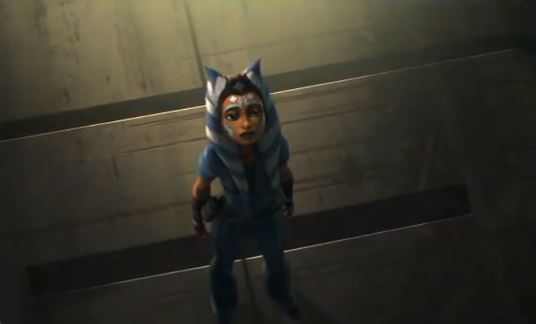
Additionally, while there have been a whole galaxy of characters introduced and explored throughout The Clone Wars’ run, the show’s beating heart has really been the characters of Ahsoka and Rex. These were our two leads with a free path ahead of them. They didn’t have to adhere to where they might be in Revenge of the Sith or the original trilogy. Their growth defined the show, our film heroes like Obi-Wan and Anakin taking more and more supporting roles as the seasons went on.
As for our antagonist, not only is Maul the one major villain left unaccounted for by Revenge of the Sith – Ventress already having her redemption and death in Dark Disciple – but his rebirth upset the status quo of the war. He was a breakout character not only in popularity but also in the impact he delivered upon the galaxy. On Ahsoka and Rex’s galaxy.
The finale will be a clash between the legends of The Clone Wars generation.
Bridge to Bridger
As mentioned before, these legends all have their journeys carry into Rebels, but these characters don’t connect the two shows by themselves. If Bad Batch is the arc that may thematically tie the whole of The Clone Wars to the arc in Season Seven, then Ahsoka Alone may well be the one that thematically ties Season Seven to Rebels.
The quote from Rafa about the Jedi speaks to a galaxy forgotten by the Order as they joined the war as generals. In leaving the Order, Ahsoka gets to see what a neglected galaxy looks and feels like. In the original plans for this arc, Filoni described her as becoming a vigilante in the underworld of Coruscant, and in the trailer we see her taking on the crime syndicate of the Pykes. Taking action in the absence of the Jedi Order is something that we see her do later in the Ahsoka novel, where she claims her Rebels role of Fulcrum. This theme of defending the galaxy in the absence of the Order is carried as well by Rebels’ lead: Ezra Bridger.
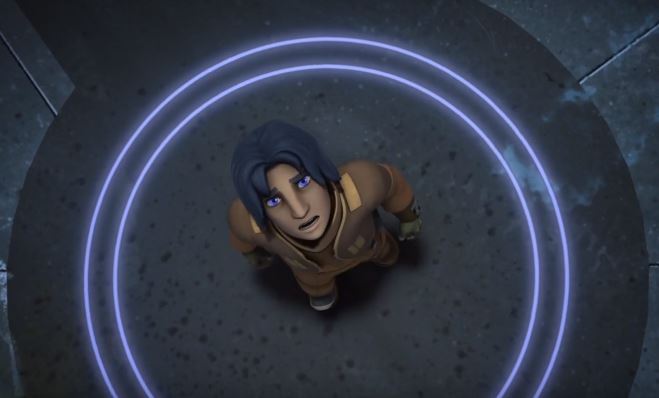
When he acquires his lightsaber crystal, his motivation is being that light in the void.
“I’ll protect everyone. Before I met Kanan, I only ever thought of myself. But Kanan and the rest, they don’t think like that. They help people. They give everything away and I see it. I see how it makes people feel. Alive.” – Ezra [6]“The Path of the Jedi”, Star Wars Rebels Season 1
We can pull back a little farther to look at the family around Ezra as well. They start off as a small vigilante group against the Empire’s oppression, and they conclude on that note as well. It’s clear that the absence of the Rebellion’s aid on Lothal feels to the heroes like the same sort of neglect that the galaxy faced from the Jedi during The Clone Wars.
“Perhaps the Rebel Alliance will see our victory and finally send support.” – Kallus
“We took Lothal without them. We can keep it without them.” – Zeb [7]“Family Reunion and Farewell”, Star Wars Rebels Season 4
Ahsoka Alone sounds like it will be the experience that truly gives her an understanding of what civilians go through in a war. Rebels lives in that understanding.
Then, of course, there is the narrative effect of the Siege of Mandalore upon Rebels, specifically Ezra and his deuteragonist Sabine Wren. Ahsoka, Rex, and Maul are all major influences on Ezra’s journey, while the Siege itself and its fallout shapes Sabine’s childhood and arc. Season Seven of The Clone Wars is going to give us important context for the next generation of heroes.
In This Finale, Nothing Can Be Said to Be Certain, Except Death and Taxes.
While The Clone Wars panel challenged my assumptions on these metatextual levels, there’s also been concrete changes to things I took as certainties. Ahsoka’s lightsabers for one: described as green in the Ahsoka novel, they ignite blue in the trailer. And while all of the footage from Bad Batch appears unchanged from the story reels, I’m not putting anything past Dave Filoni and his secretive trust trees. After all, Ahsoka Alone was also far enough into production to have voice over and story reels available, with one of the new clips mostly unaltered from the original The Clone Wars animation, and yet it still wasn’t safe from at least one major narrative change.
In 2016, Ashley Eckstein declared, “Ahsoka had a boyfriend for a hot minute, and his name was Nyx Okami.” In 2019, Dave Filoni revealed that Nyx got nixed, his role replaced by sisters Rafa and Trace Martez, though we have yet to learn if the romance arc made the cut.

There’s also the matter of Sam Witwer’s cryptic statements regarding Maul. I had gone into the panel expecting that the Siege of Mandalore was going to be focused primarily on how the events would effect Ahsoka and Rex. Maul himself probably wouldn’t have much character development, being there primarily to be a threatening antagonist like he was in The Phantom Menace.
After all, Maul lives in a cycle. Gaining power, losing power, and clawing his way back up the food chain. It’s a cycle that he’s still in on Rebels. It’s a cycle that he dies in. So I assumed that Mandalore would simply be another rotation, Maul spinning the wheels on his own character development.
“[Maul] hasn’t been able to think or see his way out of this horrible, evil cycle that he’s found himself in. And what I found most interesting about [the Siege of Mandalore], is for a second, he actually tries to think his way out of it. He actually tries something different that he’s never tried before or since. And we see how that goes.” – Sam Witwer
This statement alone is worth a thousand speculations. And while I will indeed speculate away to my heart’s content, Celebration 2019 has taught me to hold nothing as certain. For who can anticipate that for which there is no precedent? Whatever The Clone Wars has in store, I will only truly expect one thing. I expect to be shocked.
| ↑1 | Star Wars: The Clone Wars Sneak Peek Panel 2019. |
|---|---|
| ↑2 | Gardner, Jared. 2011. Projections : Comics and the History of Twenty-First-Century Storytelling. Palo Alto: Stanford University Press. p31-32 |
| ↑3 | Film Crit Hulk. 2016. “LUKE CAGE, Netflix And The Death Of Episodic TV.” Birth. Movies. Death. |
| ↑4 | Showrunners: The Art of Running A TV Show. 2014. Dir. Des Doyle |
| ↑5 | “A Distant Echo”, The Clone Wars story reels |
| ↑6 | “The Path of the Jedi”, Star Wars Rebels Season 1 |
| ↑7 | “Family Reunion and Farewell”, Star Wars Rebels Season 4 |
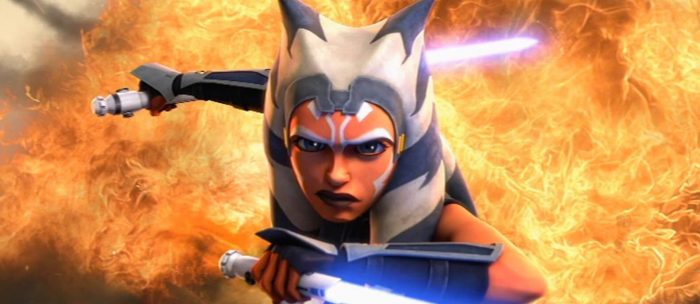

One thought to “There is No Precedent, There is Peace – Expectations for The Clone Wars Season Seven”
Comments are closed.